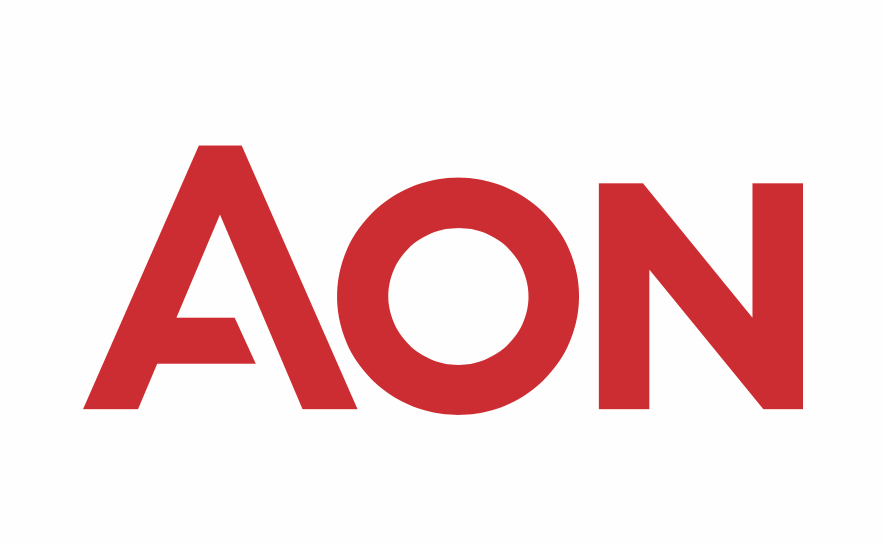Non-cat ILS appetites won’t dent supply-demand equation yet: Aon’s Marcell

Speaking about the emerging non-property, or non-catastrophe, insurance-linked securities (ILS) market and its prospects for growth, Andy Marcell, the CEO of Aon’s Reinsurance Solutions acknowledged growing activity there, but said it’s too early to expect it to affect the supply-demand equation.
Speaking recently, Marcell of Aon explained that, in the insurance-linked securities (ILS) market, “On the non-property side of the spectrum, there has been some success within some of the funds, to write casualty business.”
“I think this will be a growing and increasingly relevant portion of the specialty and casualty market and how that capital engages with risk,” he continued.
But he added that, “I don’t think it’s going to make a significant dent in the supply-demand equation at this juncture.”
“Over time, it will become more sophisticated and we welcome that alternative capital entering the market at any time,” Marcell explained.
Adding, “Because in the end, when I think about the renewal season, where is Aon Re focused? Aon Re’s focused on creating capacity for our clients.
“Whether that’s for property cat, or IP, or for casualty, and to bring in capital to the business, because the exposures are growing and complexity is increasing.”
He added, “We welcome that and we think that over time, with better analytics, capital will be drawn into our industry.”
Mike van Slooten, Head of Business Intelligence for Aon’s Reinsurance Solutions division, also commented on the emerging non-cat ILS trend, so the gradual expansion of ILS capital to areas of insurance and reinsurance other than property catastrophe risks.
“We’re seeing some evidence of alternative capital being used to support a broadening array array of kinds of risk if you like, but the issue is always the tail and whether you can make the economics work, with the collateral that you’re providing in most cases.
“One thing that you’re seeing is, the rationale for investing in insurance risk is still there in the background, but people have been concerned because they’ve been exposed to losses that they didn’t expect, you know, whether that’s losses from secondary perils, or for a major pandemic,” van Slooten explained.
On investor appetite for this, he said, “People will look to participate, but they want to do so in a way that’s kind of controlled, in a way that they clearly understand what type of event it is going to take for them to actually be facing a loss scenario.”
Then, commenting more broadly on the expansion of ILS capital and where this growth has been seen, van Slooten pointed out an interesting observance, that many of the reinsurers that have retained their appetites for catastrophe risk turned out to have been the ones which were adept at raising third-party capital to support that book of business.
“What we’ve seen the last couple of years, there are reinsurance companies out there, that have had quite a lot of success in attracting new money, even in what has been quite a difficult environment.
“They’re the ones that tend to correlate, you know, with the companies that are showing the strongest cat risk appetite going forward, tend be the ones that have had the most success in that space,” he said.
It’s perhaps no surprise, that reinsurers that have been more successful on the ILS and third-party capital management side, have also shown the strongest appetite for cat risks.
For a traditional reinsurer, supporting its cat exposed books of business with third-party capital is a natural way to reduce volatility, while also being able to earn some fee income and write incremental business as well, as without overextending on the PML side.






